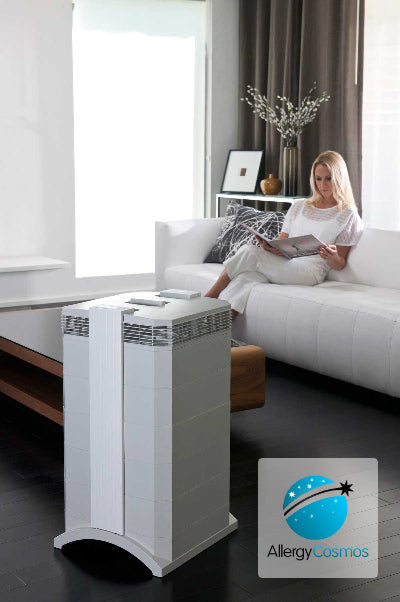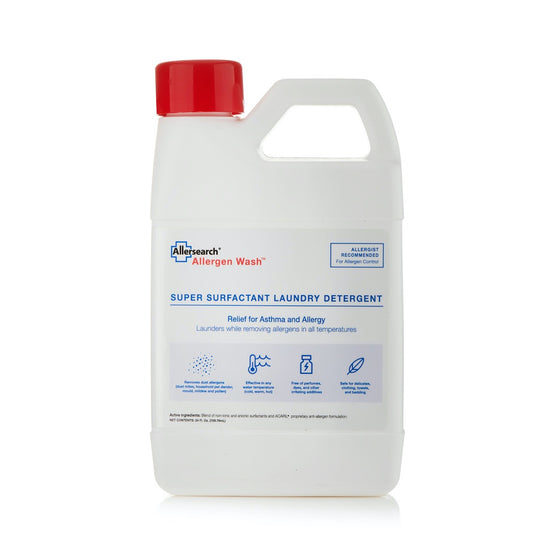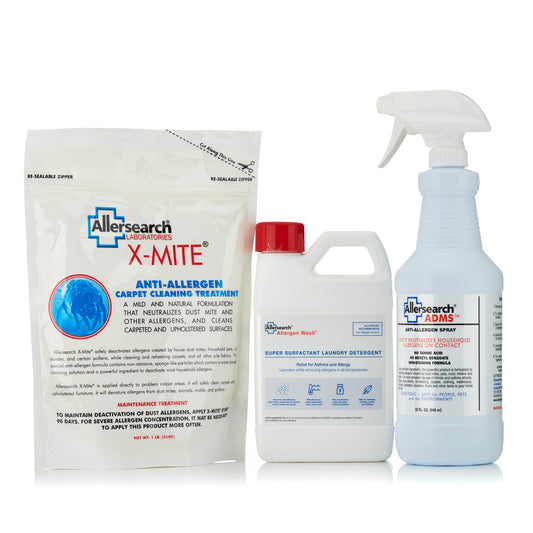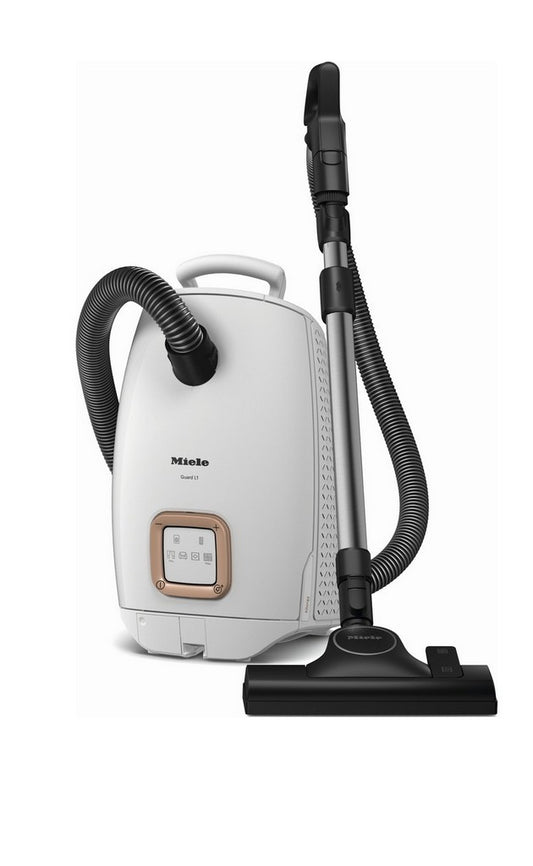
Allergen Avoidance
Allergen avoidance is an essential part of trying to control your allergy symptoms. In the home, there are a number of simple steps one can take to effectively limit your exposure to allergy and asthma triggers and thus control your allergy and asthma symptoms. The Academy of Asthma, Allergy and Immunology issued the recommendation that all patients with chronic allergic asthma be advised on allergen avoidance (also called environmental allergen control), as part of their allergy and asthma management plan.
Frequently Asked Questions
Assessment of Allergic Status
How to Practice Allergen Avoidance
Primary Allergen and Secondary Allergen
Practicing Allergen Avoidance - What to Look Out For
Dust Mite Allergens
Animal Allergens
Mould Allergens
Related Products
-
 Sold out
Sold outAllersearch Allergen Wash
Regular price £22.95Regular priceUnit price per -
IQAir HealthPro 250 Air Purifier
Regular price £1,049.00Regular priceUnit price per -
Miele Guard L1 Allergy - Brilliant White
Regular price £319.00Regular priceUnit price per£379.00Sale price £319.00Sold out -
 Sold out
Sold outAllergy & Asthma Free Home Package
Regular price £65.95Regular priceUnit price per









